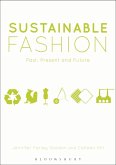
26,95 €
Sofort per Download lieferbar
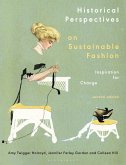
Gebundenes Buch
Inspiration for Change
2nd edition
9. Februar 2023
Bloomsbury Academic
26,95 €
Sofort per Download lieferbar
22,95 €
Sofort per Download lieferbar
eBook, ePUB
12. Januar 2023
Bloomsbury UK eBooks
| Broschiertes Buch | 25,99 € | |
| eBook, PDF | 22,95 € |
22,95 €
Sofort per Download lieferbar
eBook, PDF
12. Januar 2023
Bloomsbury UK eBooks
Ähnliche Artikel

23,95 €
Sofort per Download lieferbar
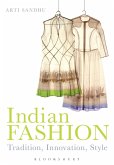
23,95 €
Sofort per Download lieferbar
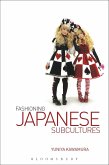
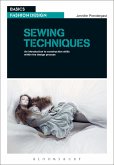
23,95 €
Sofort per Download lieferbar

28,95 €
Sofort per Download lieferbar
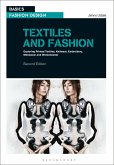
23,95 €
Sofort per Download lieferbar
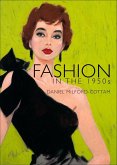
5,99 €
Sofort per Download lieferbar
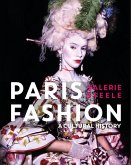
26,95 €
Sofort per Download lieferbar

23,95 €
Sofort per Download lieferbar
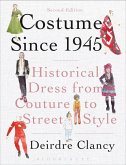
25,95 €
Sofort per Download lieferbar
Ähnlichkeitssuche: Fact®Finder von OMIKRON
